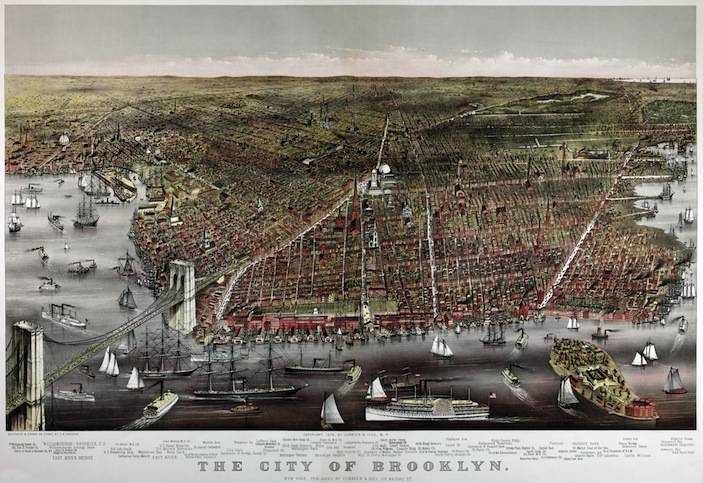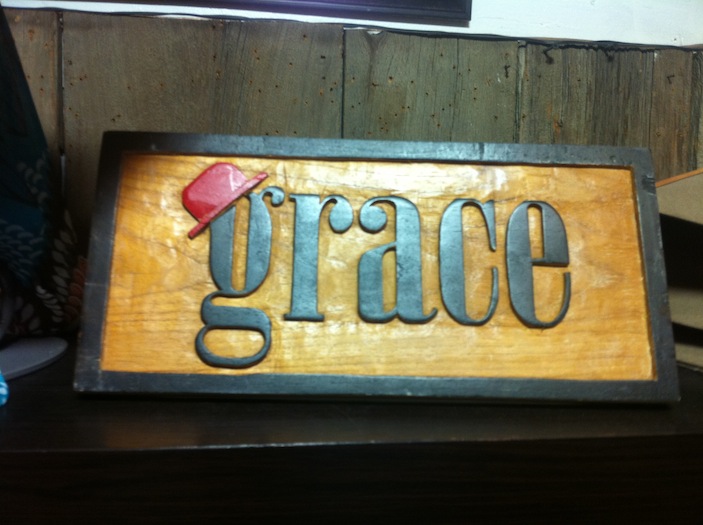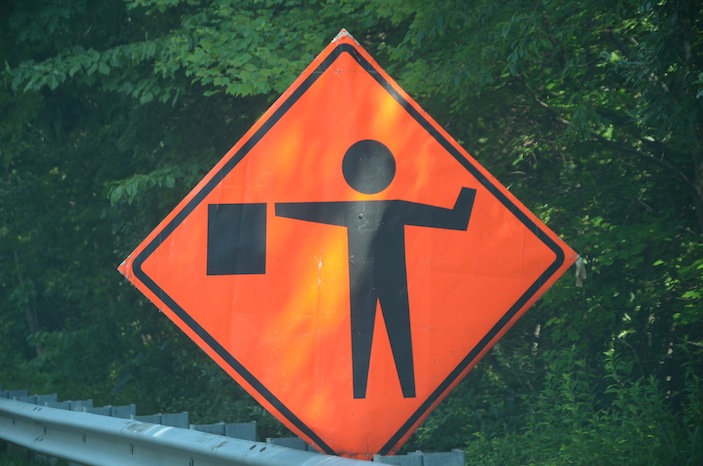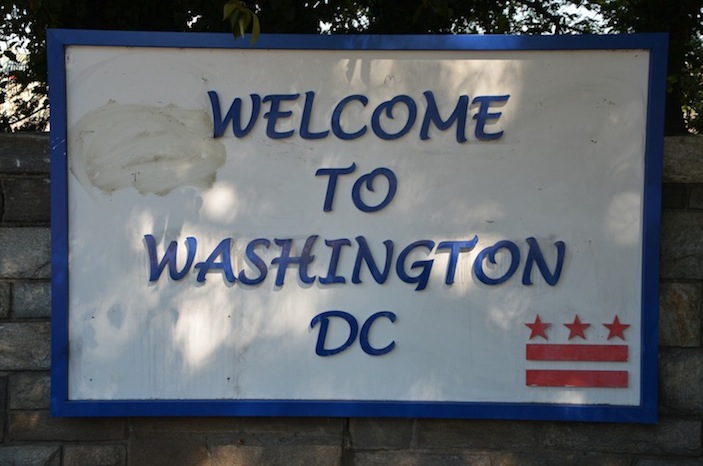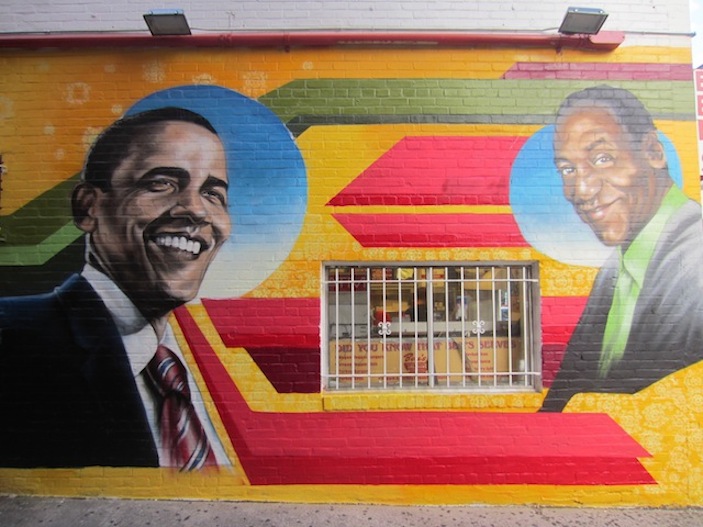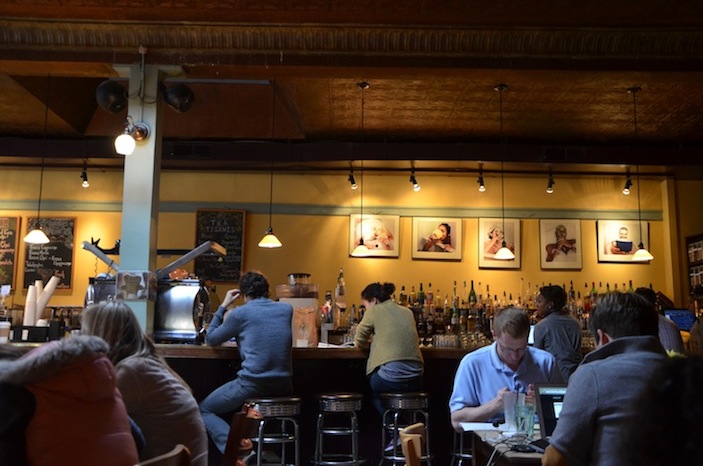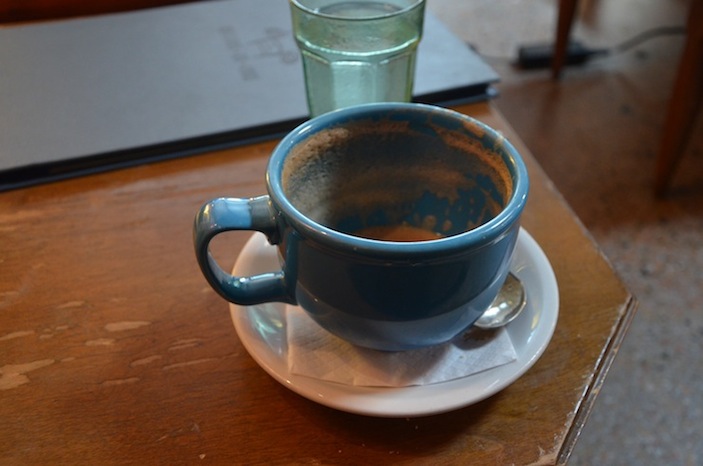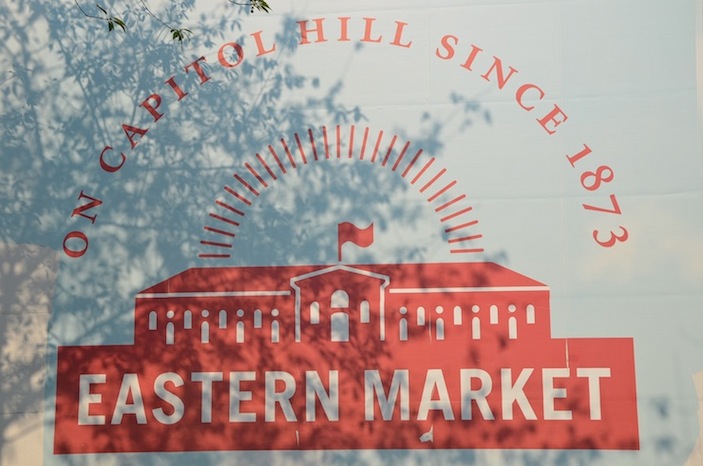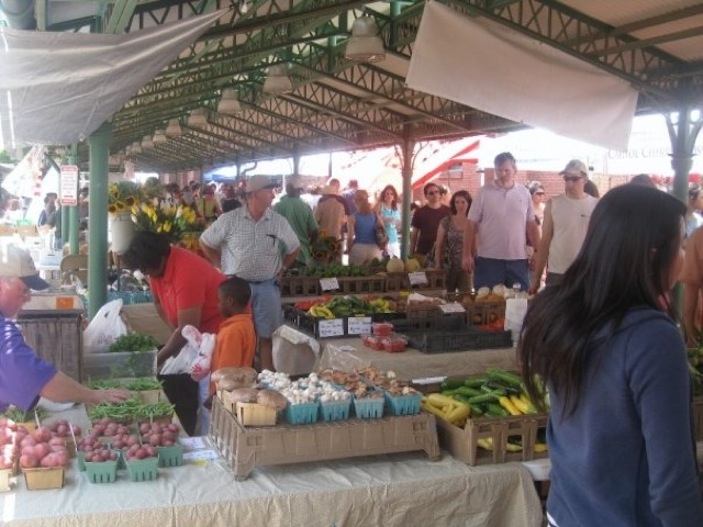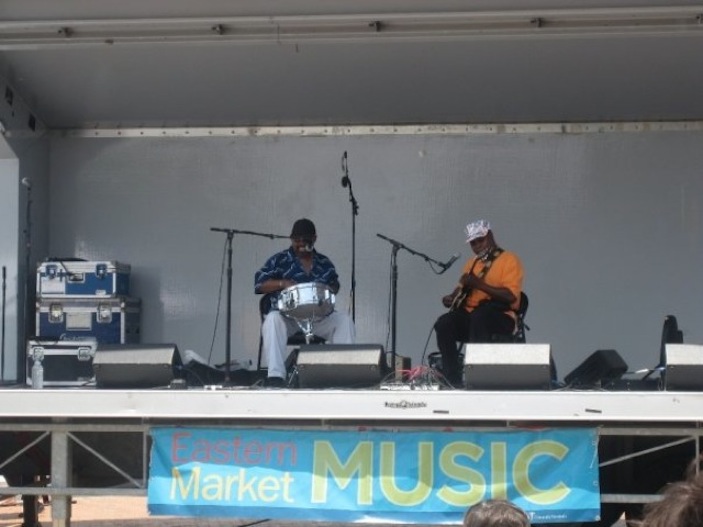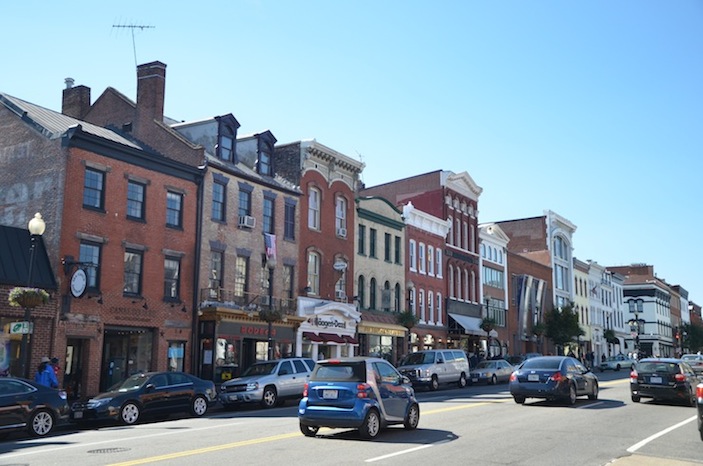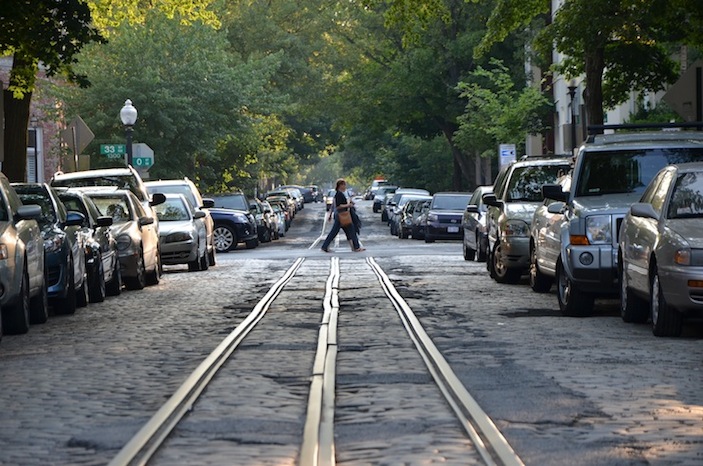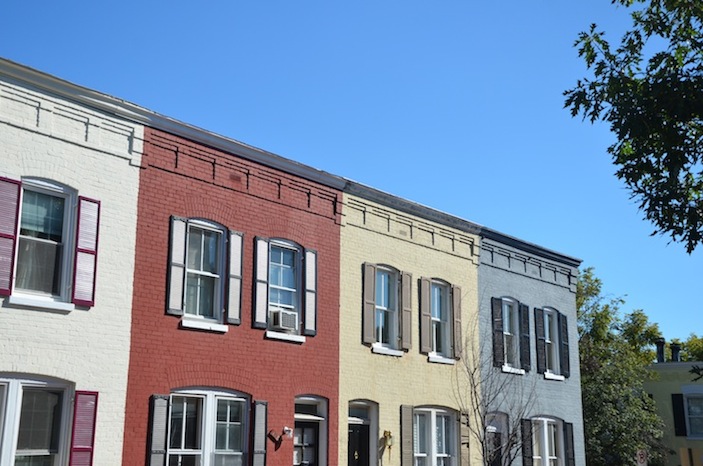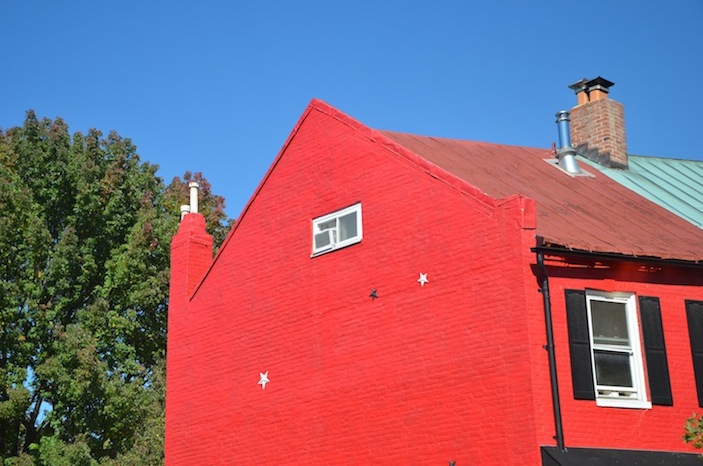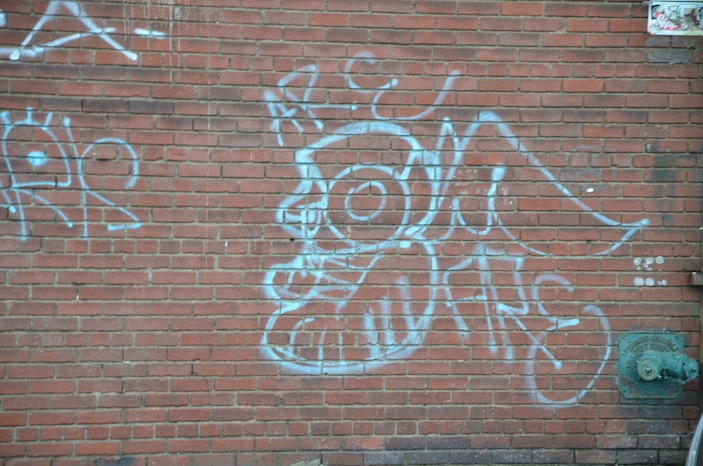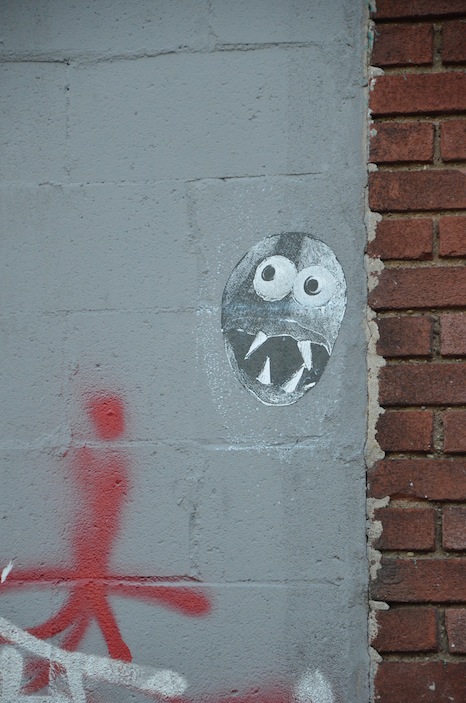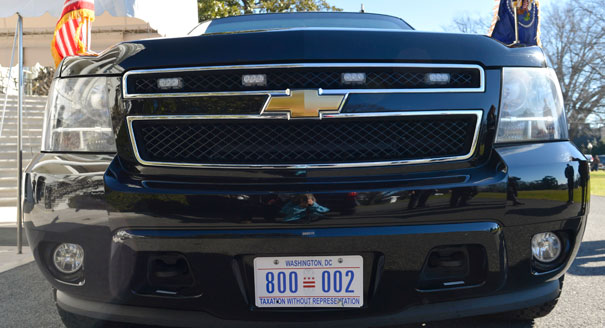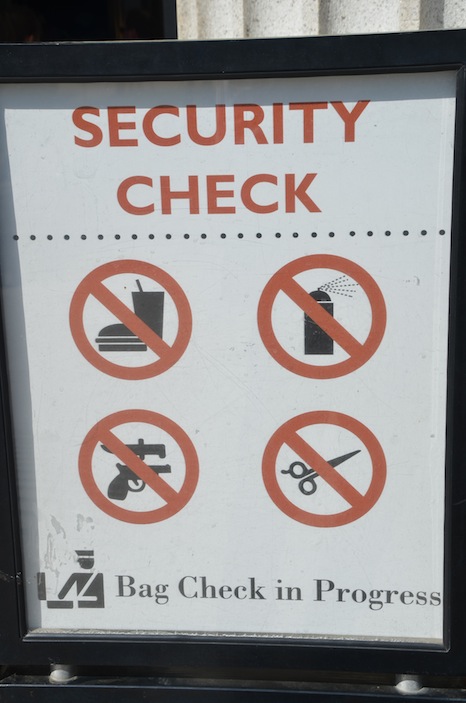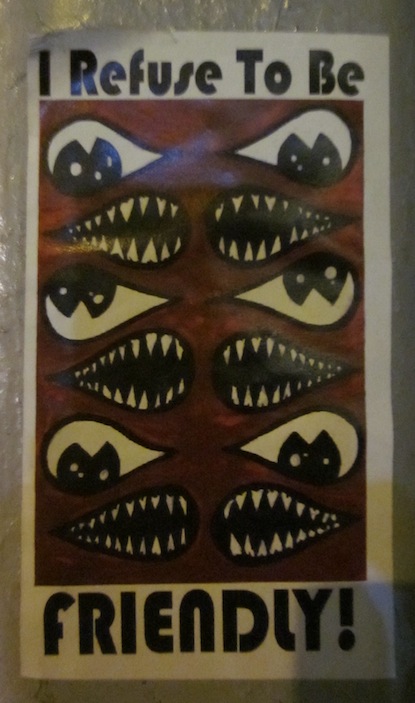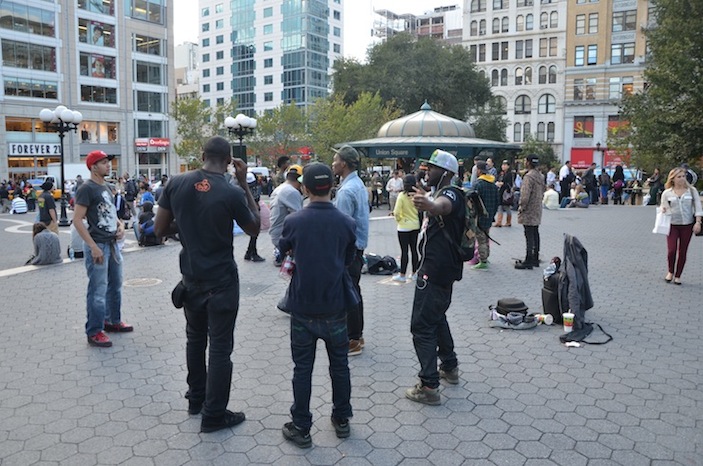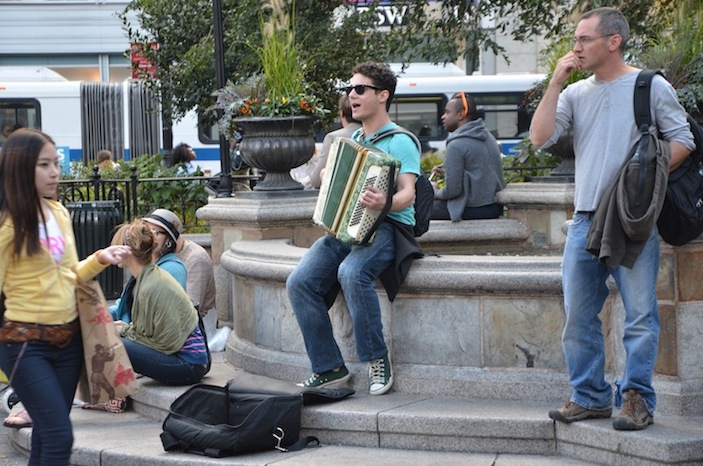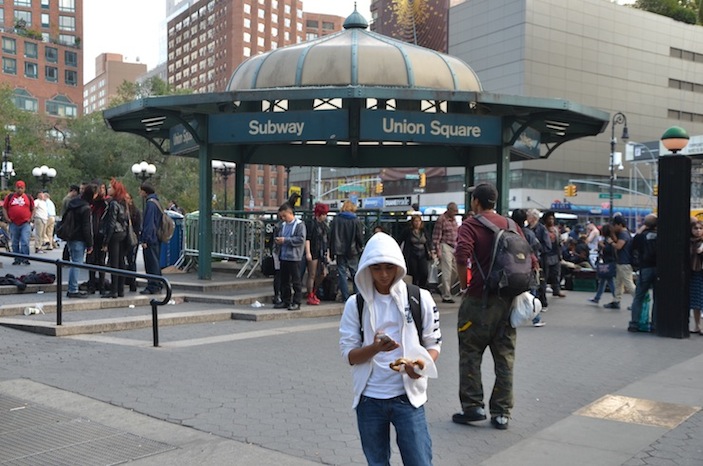IDnyc: Brooklyn’s Humble Origins
So yeah, you’ve been to Brooklyn. Good for you. You got hyped up the first time you could tell your hip hop friends you saw where Jay-Z grew up. Or the first time you told your hipster friends you found your apartment in “East Williamsburg”…a.k.a. Bushwick. And the first time you told your baller friends that you shot hoops on Coney Island. But how many of you know anything of the origins of the place that’s pretty much synonymous with “cool” in popular culture today?
Welcome to Brookly—err—I mean, Breuckelen!
Yes, that’s right. The original Brooklyn was called exactly that, named after a small town in the Netherlands called Breukelen. Of course as with all of America, the land that the first Dutch settlers took over as their home was originally occupied by Indians—the Lenape tribe. But, as with most of this country’s history, we seem to choose to ignore them (I often wonder is it that we just don’t’ have any lasting records of their culture or we just don’t care to find and publicize them?).
Getting back to the Dutch colonization, Brooklyn’s first settlement was Gravesend (named after Gravenzande, Netherlands), which existed before there was even anything known as Brooklyn. The following year this was replaced by Brooklyn (which was in fact spelled “Breuckelen” back then), and within the next few decades, more of today’s neighborhoods started to be born—Flatbush, New Utrecht, Bushwick, and so on.
Brooklyn was actually an official town before the capital of the new colony across the river—New Amsterdam—which I’m sure you can deduce would become Manhattan. It wasn’t until the early 1800s that the urbanization of Brooklyn began, with the area that is today considered Downtown Brooklyn, immediately across the East River from Lower Manhattan. With reliable steam ferry service, Brooklyn Heights became a commuter town for Wall Street. Around the same time, the independent towns of Bushwick and Williamsburg were growing faster than they could handle, and thus they were soon incorporated into Brooklyn.
For most of that century, Brooklyn was an independently thriving seaport and manufacturing center, considered a twin city to Manhattan. They did not merge into what is today New York City until 1898.
.jpg)
